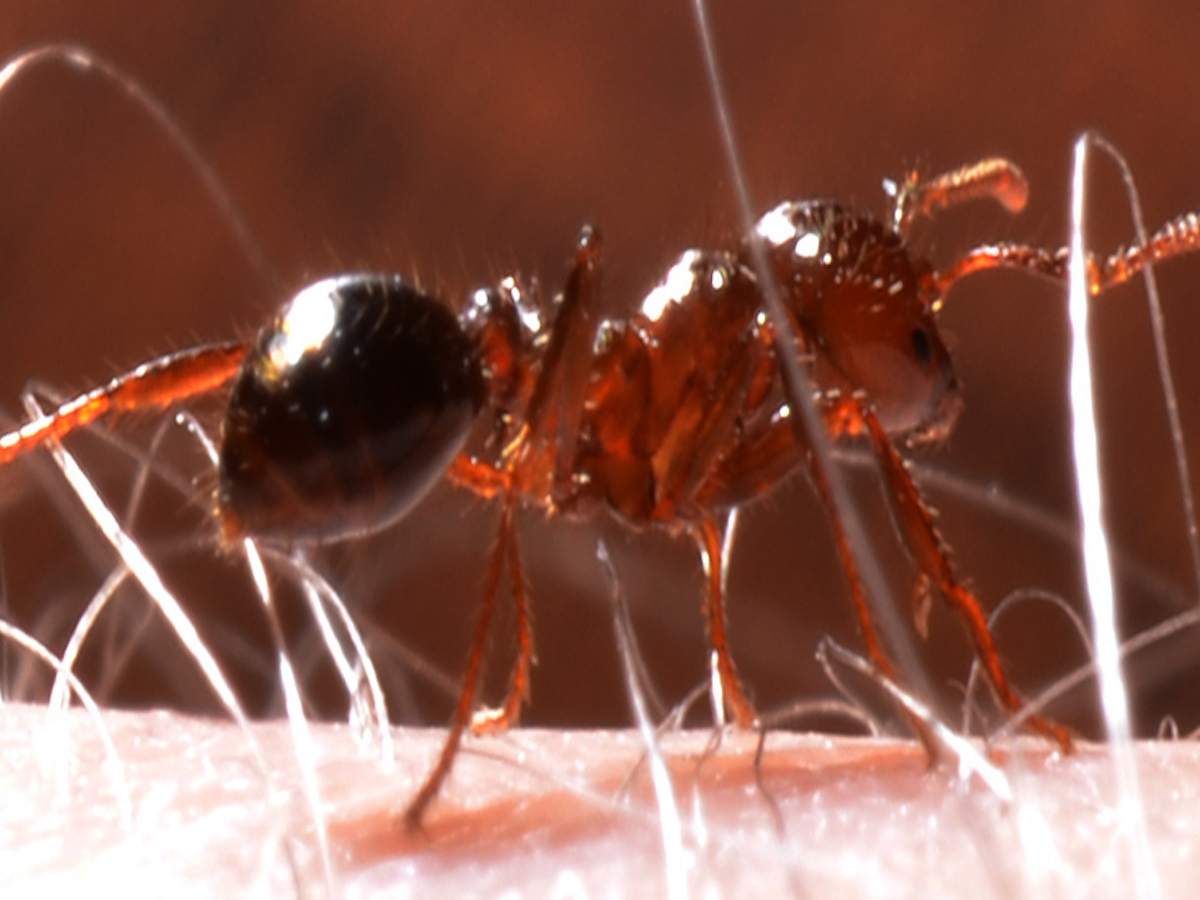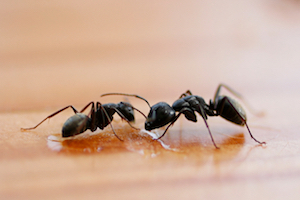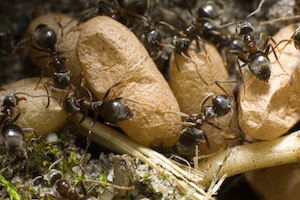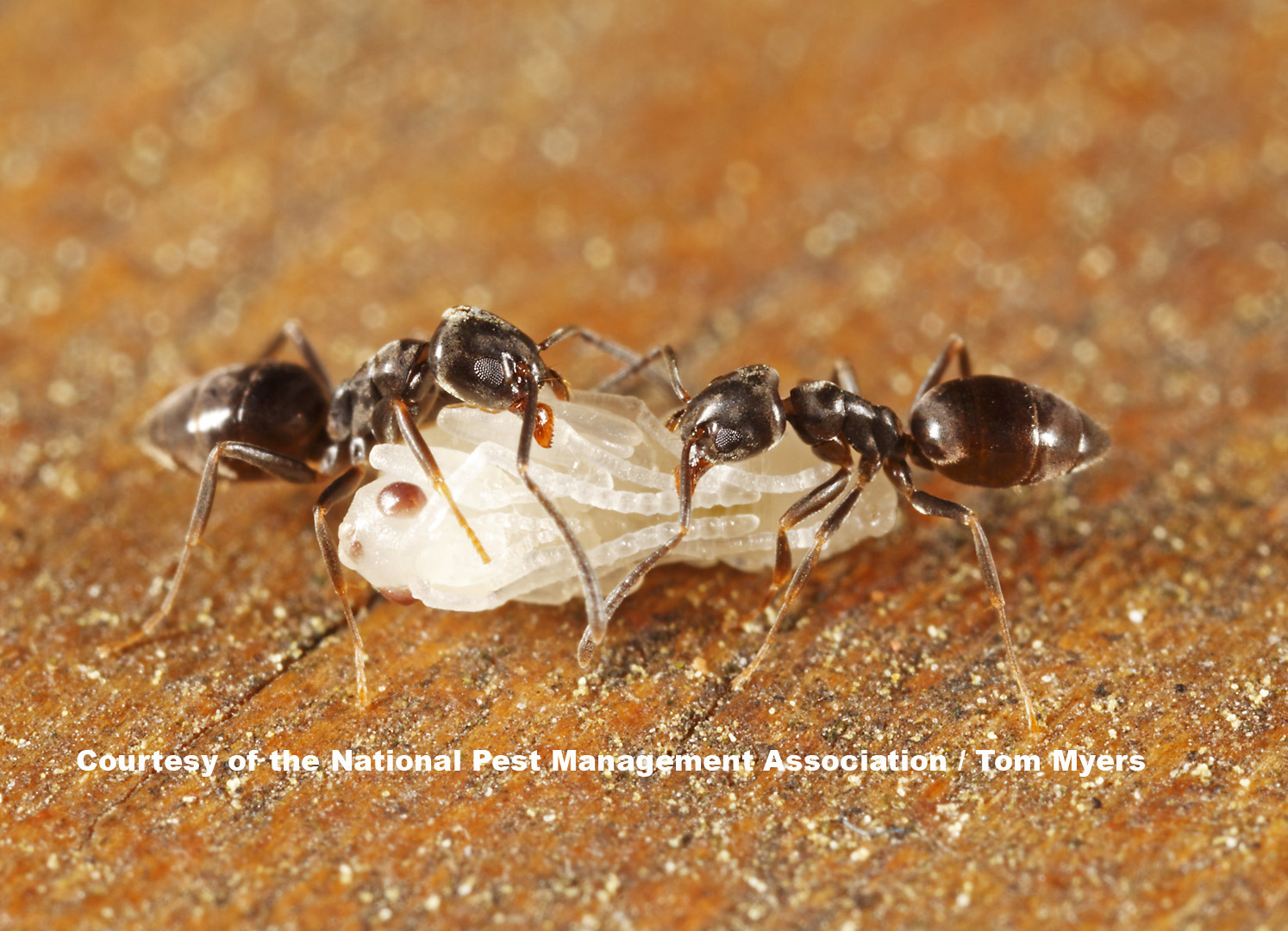Red Imported Fire Ants Solenopsis invicta

Color: Dark reddish brown
Size: 1/8-3/8
Legs: 6
Antennae: Yes
Shape: Segmented; oval
Region: Southern United States, from Maryland to Texas, California and New Mexico
What is a red imported fire ant?
Red imported fire ants (RIFAs, for short) get their common name from their ability to inflict painful bites and stings. These dark reddish-brown ants are an invasive species found throughout the southern part of the U.S. Keep reading to learn more red ant facts, including information on red ant bites and more.
Red imported fire ants and their telltale mound nests should be actively avoided. Interfering with a fire ant nest can cause them to sting, resulting in painful welts. To prevent red ants from entering a structure, seal all internal and external cracks and crevices.
These red ants build large mound nests that are flattened, irregular in shape, and between two and four square feet in size. They are commonly introduced into new areas through potted plants, shrubs and trees.
Red imported fire ants usually nest in soil near structural foundations or in landscaping. Although these fire ants are often found outdoors, they can gain access to buildings through HVAC systems and AC units. If they manage to get inside, red ant bites can become an issue.
Although commonly referred to as a bite, red ants actually sting, not bite. In fact, red ants will sting humans who disturb a nest. The sting of a red imported fire ant is painful and often results in a raised welt that becomes a white pustule. Often, a person stung by red imported fire ants will receive multiple stings from more than one of the ants. Persons allergic to insect stings will react more severely to red ant “bites.”
If you suspect a red imported fire ant infestation in your home, the best course of action is to contact a licensed pest control professional. They will conduct a thorough inspection to identify the full extent of the problem. Once the situation is properly identified, the appropriate control measures can be taken.
You can find a certified pest professional near you with the helpful zip code search below.




